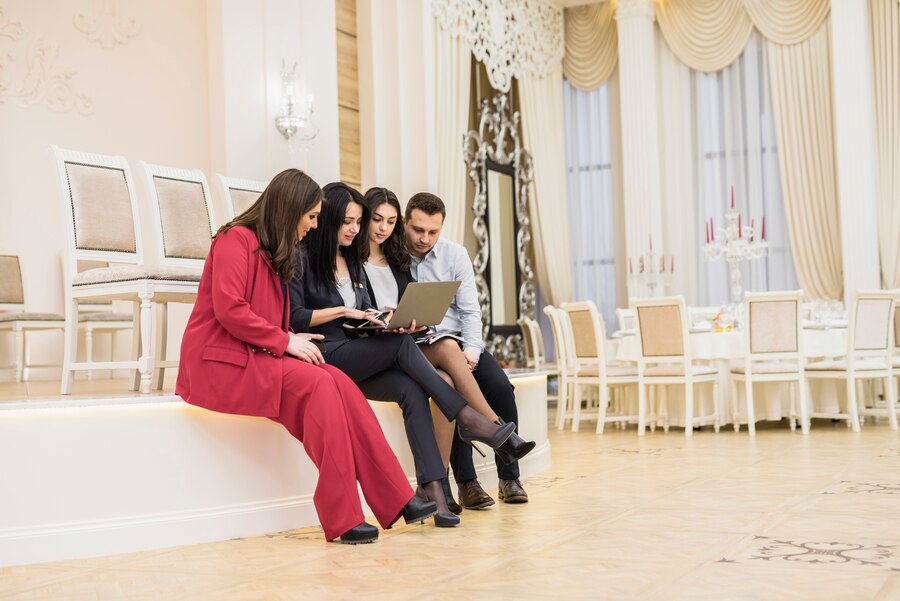It may not be widely known in India, but in Bengal, especially in Kolkata, Gurusaday Dutt is a name that has a legacy. A member of the Indian Civil Service, Dutt seems to have been an unusual man.
Gurusaday was interested in folk dance, folk music, and other folk institutions. He started a number of organizations and societies to preserve the elements of folk literature, among them, the Mymensingh Folk Dance and Folk Music Society (1929), Pallisampad Raksha Samiti (1931), Bratachari Lokanritya Samiti (1932), South India Bratachari Society (1932), Sarbabharatiya Bratachari Society, etc. In 1941 he set up a Bratachari village near Kolkata, along with a university called Bratachari Janashiksha Pratishthan.
By the time he died in 1941, he had an imposing collection of ‘folk’ artifacts, all related to ordinary lives, all sprung from the soil. The bulk of the collections were between 1929 and 1939. This he gave away to an organization called the Bengal Bratachari Society. This collection of 2,325 objects — which he bequeathed to the Bengal Bratachari Society founded by him Today, the collection is housed in a museum bearing, appropriately, Gurusaday Dutt’s name.
Archaeological and clay objects, musical instruments, pats, wood carvings, kanthas, moulds for sweets and preserves, ancient manuscripts, masks, puppets, toys, and textiles are all part of this collection, which has grown to about 4,000 objects now. The museum, set up on a section of a 5 bigha plot, looks rather drab, but the collection is nonpareil and of immense value to Bengal’s culture.
The museum has on display six different forms of rare kantha work: sujni, durjani, baitan, arshilata, rumal, and lep.
Kanthas are essentially embroidered coverlets and wraps, traditionally made by women from discarded cotton materials and strictly for use within the family. Originally—one can see changes occurred with time—these consisted of white cotton fabric of old saris and dhotis, which were first pieced together to form the ground, several layers being used to make the required thickness. On these, patiently—and truly skillfully, sometimes—embroidery was done with colored threads painstakingly unpicked from the borders of worn-out or discarded saris.
Making kanthas was a wonderful way of recycling old materials and putting them to totally different, innovative use. There is a touching simplicity, and artlessness, about the idea. Women would make them strictly for members of their own families: a daughter making a quilt-like wrap—called a ‘lep’—for her father, for instance; a wife preparing a bedspread—called a ‘sujani’—for her husband; a young girl designing a soft toilet-case—an ‘arshilata’—for her sister’s use, and so on. The amount of work done on different kanthas, and the level of skills commanded by different women, naturally varied.
The most prized kantha in their collection stands in the middle of the main hall. It is a double-sided sujni kantha from the Khulna district of Bengal, dating back to the 19th century. It was made by Srimati Manadasundari Dasya of Jangal Badhal. Almost encyclopedic in its ambition, the kantha depicts 19th-century Bengali society complete with views from the andar and bahir-mahal (private and public quarters of the house), a hunting scene, cars, wild animals, fantastic flowers, flanked by Indian soldiers carrying bayonets and British soldiers carrying swords. The embroidery is exquisite. “Could the bayonets refer to the Great Uprising of 1857?” Hati speculates.
The museum has great potential. As a collector, Dutt was aware of the limitations of a static collection, especially when it came to the vibrant traditions he sought to uphold. He did not just collect the scrolls, but painstakingly noted down the lyrics of the narrative songs that were sung along with them. The Museum is located on the Diamond Harbour Road in the Bratacharigram, Joka. The timeline of this collection is a very important chapter in the history of Bengal’s art arena.
Author:
Kakoli Biswas, Associate Professor, Textile & Knit Design, Unitedworld Institute of Design (UID)





